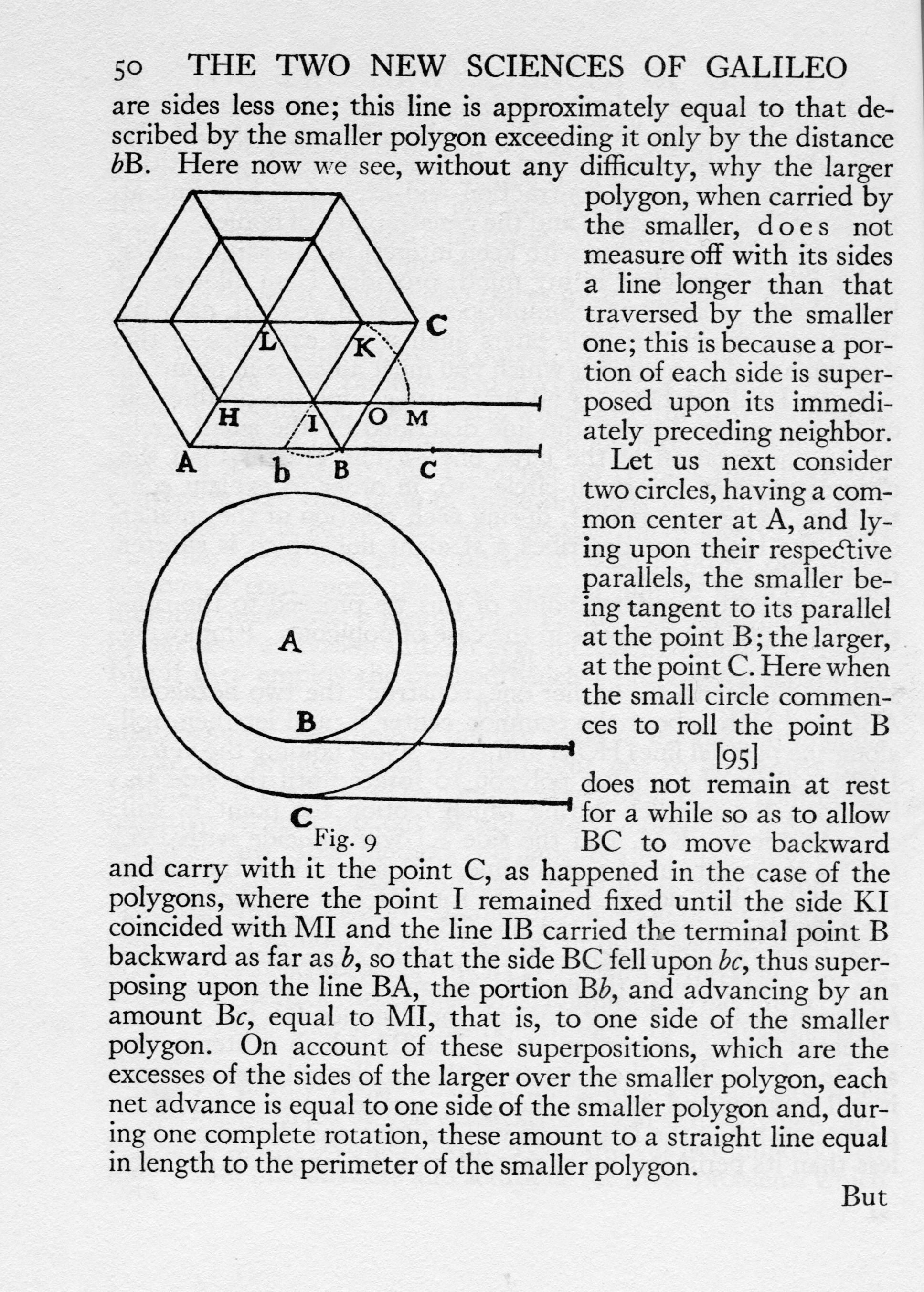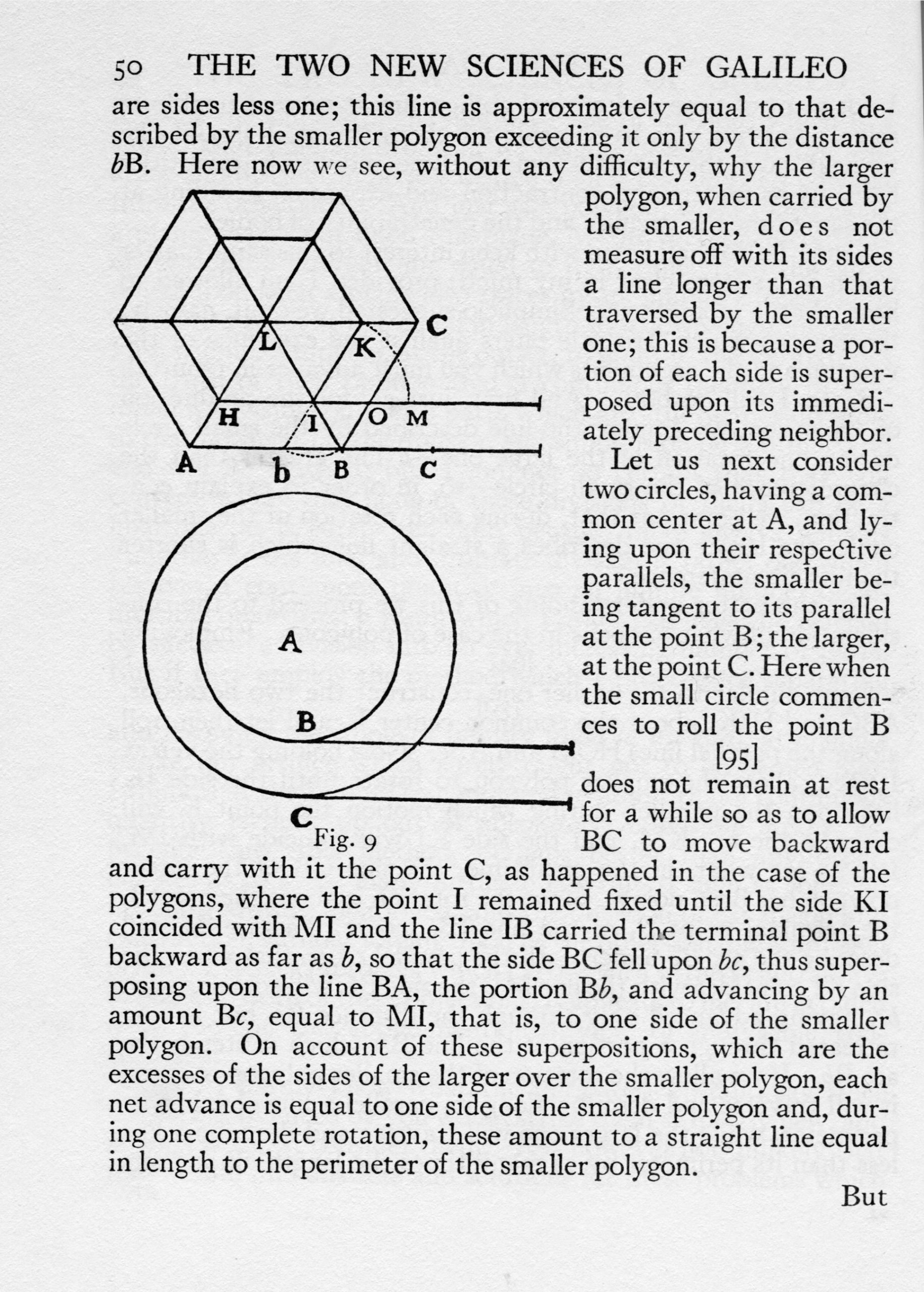
Galileo, Benedetto Castelli, and the Letter That Shook the Stars: An In-Depth Exploration of Early 17th-Century Science and Theology
The onset of the 17th century heralded a remarkable evolution in humanity’s perception of the universe, with Galileo Galilei at the forefront. Yet, this transformation was fraught with disputes. A crucial event in this intellectual upheaval took shape through a personal letter—the now-renowned Letter to Castelli. This correspondence initiated Galileo’s complex and ultimately tragic relationship with the Roman Catholic Church. To fully grasp the importance of this letter, one must also consider the recipient: Benedetto Castelli, a brilliant yet frequently overlooked figure in the scientific narrative.
The Catalyst: Galileo’s Letter to Castelli
The contention began rather innocuously in December 1613, when Benedetto Castelli was invited to a dinner in Pisa at the court of Grand Duke Cosimo II de’ Medici. During this gathering, philosopher Cosimo Boscaglia claimed that heliocentrism—the idea that the Earth revolves around the sun—was at odds with the Bible. Castelli, a mathematics professor and Galileo’s pupil, stood up for the heliocentric theory. This intellectual clash piqued the interest of the dowager Grand Duchess Christina, who called upon Castelli the following day to explore scriptural challenges to heliocentrism.
Soon after, Castelli relayed the discussion to Galileo. On December 21, 1613, Galileo penned a letter to Castelli, articulating that scripture was not meant to serve as a scientific textbook. He proposed that the Bible could be understood in ways compatible with the Copernican model. Although it was never published, the “Letter to Castelli” circulated broadly in manuscript form, a common practice of the era.
From the Church’s viewpoint, Galileo’s misstep wasn’t solely in advocating for a heliocentric perspective, but rather in attempting to prescribe how the Holy Scriptures ought to be understood. This encroached upon a fundamental aspect of the Roman Catholic Church’s jurisdiction, especially during a period of intense theological conflict with the Reformation.
As copies of the letter reached Galileo’s adversaries, some aimed to report him to the Inquisition. Galileo asserted that the original had been altered, yet the Inquisition possessed the true version—demonstrating that Galileo had indeed crossed a boundary.
The Individual Behind the Letter: Benedetto Castelli
Frequently portrayed merely as Galileo’s follower, Benedetto Castelli was far more than a simple ally. He was a pioneering mathematician and physicist who made significant advances across various scientific domains, particularly hydrology.
Born Antonio Castelli in 1578 in Brescia, Italy, he joined the Benedictine monastic order as a youth, adopting the name Benedetto. By around 1604, he had relocated to the Abbey of Santa Giustina in Padua, where he learned under Galileo’s guidance. From then onward, his scientific path remained deeply linked to Galileo’s, though Castelli achieved considerable individual success.
Scientific Collaborations and Innovations
In 1610, after receiving Galileo’s Sidereus Nuncius—reporting the discovery of Jupiter’s moons—Castelli reached out to Galileo to inquire whether the phases of Venus could be witnessed through a telescope. Observing these phases would provide vital evidence supporting heliocentrism. Galileo responded days later to Kepler in an anagram stating he had observed them, but did not acknowledge Castelli’s question. While it is uncertain whether Castelli’s inquiry inspired Galileo, their interaction illustrates Castelli’s active participation in scientific discourse.
Castelli contributed to the early study of solar astronomy as well. In 1612, he advised Galileo to project the sun’s image onto paper for precise and safe sunspot observation. This technique became essential for solar studies.
In 1615, Castelli co-authored (possibly with Galileo) a response to Aristotelian critics defending Galileo’s theory regarding objects that float on water. This year also marked the start of Castelli’s troubles with the Catholic Church when he became embroiled in the dinner in Pisa and the ensuing theological discussion.
Hydraulics and the Genesis of Modern Fluid Mechanics
As Castelli’s academic journey advanced, his most remarkable contributions emerged in the realms of hydrology and hydraulics. Appointed as a papal advisor on water management by Pope Urban VIII and subsequently as a mathematics professor at the Sapienza University in Rome, Castelli set the groundwork for modern hydraulic science.
His seminal 1628 treatise, Della misura dell’acque correnti (Mensuration of Running Water), articulated the correlation between the cross-sectional area of rivers and the volume of water flowing per unit time—a foundational element of fluid dynamics. He would also earn recognition as the first European to create a rain gauge (in 1639) to tackle issues concerning the declining water levels of Lake Trasimeno.
Castelli’s writings gained enough popularity to be translated and
